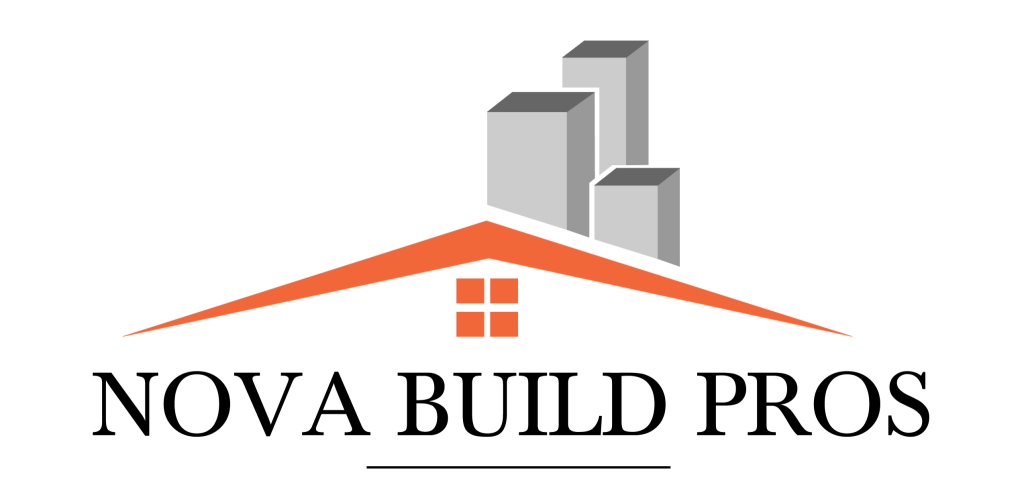Your dream home expansion is more achievable than you think—budget it wisely. If you’ve been envisioning a larger space for your family or that special new room, the cost may seem like a looming cloud. But fret not, as turning your dreams into reality is entirely possible with smart budgeting for a home addition.
The Cost Is Flexible, Not Fixed Before diving into your home expansion project, it’s crucial to understand that the cost isn’t set in stone; it’s a dynamic figure influenced by various factors.
Unveiling the Details: Factors Shaping Your Budget Your dream home addition involves practical planning and budgeting. Let’s delve into the factors that determine your budget:
- Size and Design: Finding the Right Balance
- Bigger doesn’t always mean better for your budget. The size and complexity of your addition, along with design elements like floors, roof shape, and special features, can impact your costs.
- Building Materials: Choosing Luxury or Staying Standard
- Your choice of materials can significantly affect your budget. Opting for luxurious materials, such as stone or specialty wood, can raise costs compared to standard materials.
- Location: Geography Matters
- The location of your home expansion project can have a substantial impact on your budget. High-demand areas like Northern Virginia often come with increased construction costs due to higher labor, material, and land acquisition expenses.
- Permits and Fees: The Price of Compliance
- Navigating permits and impact fees is a necessary part of budgeting. These costs, required by local governments, can range from a few hundred to over a thousand dollars, adding to your expenses.
- Contractor Rates: Skill Comes at a Cost
- The cost of hiring a general contractor and subcontractors varies based on the local construction labor market. Skilled professionals may require a higher budget allocation.
- Interior Finishing: Adding the Finishing Touches
- The budget for additions typically excludes interior finishing like flooring, paint, trim, lighting, and built-ins. These elements can significantly increase your overall expenses.
Estimating the Numbers Based on thorough research, a reasonable estimate for a quality addition in Northern Virginia falls within the range of $200 to $250 per square foot, assuming standard construction methods and materials. For those inclined towards high-end finishes, intricate designs, and multi-level additions, budgeting may exceed $300 per square foot.
The Complexity of Design: Balancing Dreams and Reality Intricate designs, unique features, and custom floor plans can turn your dream home into a reality, but they often come at a higher cost. Here are some design elements that tend to elevate your budget:
- Multiple Levels or Floors
- Non-Standard Shapes
- Smaller Footprints
- Extensive Overhangs or Cantilevers
- Special Features
- High Ceilings
- Specialty Framing
- High-End Finishes and Materials
- Custom Cabinetry or Built-Ins
Unlock Your Dream Home, One Budget Step at a Time In conclusion, budgeting for a home addition is a multifaceted but ultimately gratifying process. By comprehending the key factors influencing your costs and considering the design elements that enhance your living space, you can transform your dream home into reality. For further insights on home remodeling and design inspiration, feel free to contact us for a free consultation. Stop dreaming and start budgeting and building! Your dream home is well within your reach.



